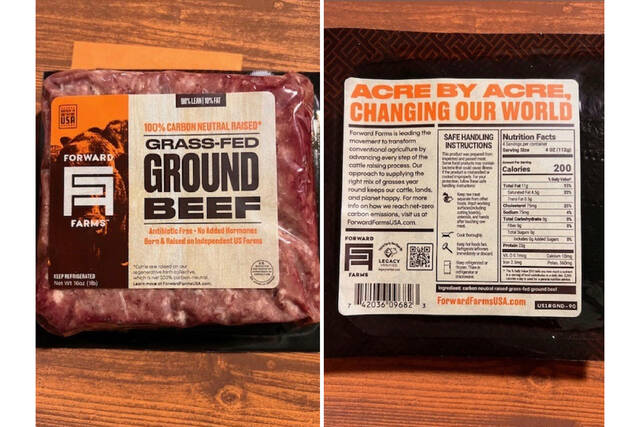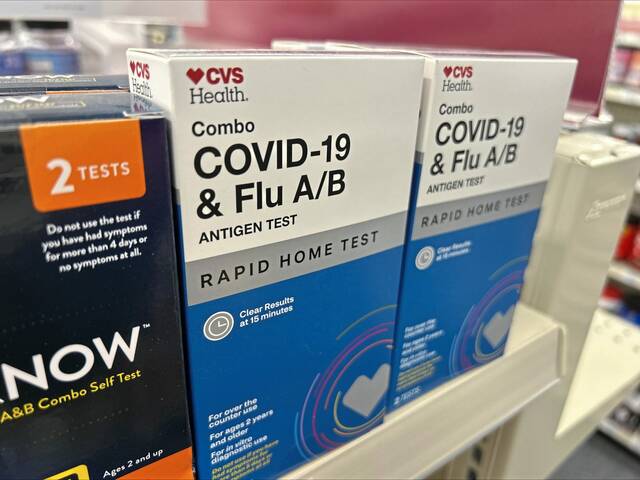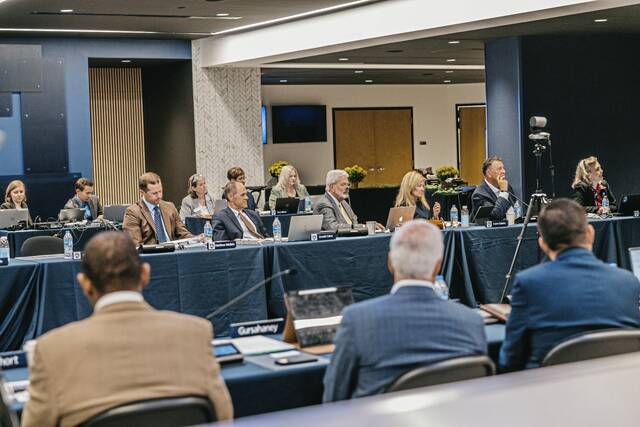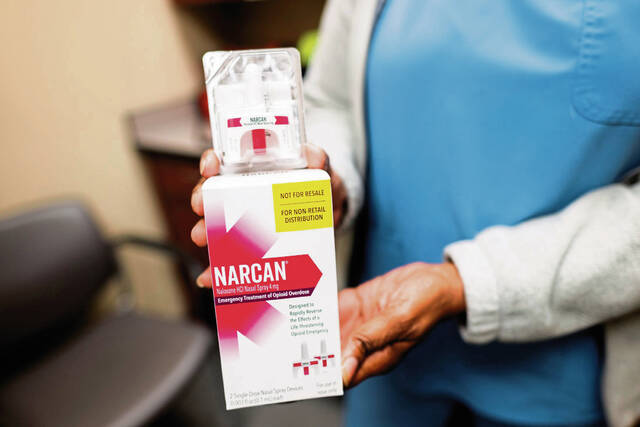In recent years, some car manufacturers, including Ford, Tesla and Volkswagen, have quietly proposed removing AM radio from some vehicles.
Members of the Pennsylvania Association of Broadcasters think it’s the tip of a subscription-based iceberg and are hoping recent bipartisan federal legislation can stop it in its tracks.
“The best example is BMW trying to charge per month for heated seats,” said association president Joe Conti.
The German manufacturer dropped plans to charge $18 per month after customers balked at the idea of paying to “unlock” features already built into their vehicles.
According to the FCC, the first commercial radio broadcast on the AM frequency occurred more than 100 years ago when station KDKA in Pittsburgh broadcast returns of the presidential election on Nov. 2, 1920.
Today, AM radio is part of the federal government’s emergency infrastructure, as it does not require line-of-sight to transmit a quality signal in the same way as FM radio.
A 50,000-watt AM broadcast signal can be received for hundreds of miles in all directions, regardless of the topography.
“I think it’s essential for public safety first, and second, to fulfill the Federal Communication Commission’s mission of community service on both the AM and FM radio bands,” Conti said.
Federal legislators on both sides of the aisle agree.
More than 33 Democratic and Republican senators have co-sponsored Senate Bill 1669, which would require access to AM radio in all motor vehicles.
“Initially, when electric vehicles came onto the market, there were some complexities that caused a little interference with the AM band,” said Vince Benedetto of Bold Gold Media, which owns several radio stations in Pennsylvania and upstate New York. “Some of the auto manufacturers were saying, ‘You know, AM radio isn’t what it used to be, and maybe it would be easier to just do away with it.’ ”
Across the entertainment spectrum, music, video and other content services have been shifting to a subscription-based model. Customers who wanted access to specific content could choose from a variety of providers.
Broadcast industry veterans like Benedetto and Conti don’t consider AM radio to be simply a way to deliver content.
“It’s not that you can’t get emergency information on your cellphone or TV. But in a bad disaster, power goes out, and that means the internet goes down,” Benedetto said. “The nature, and especially the redundancy, of AM radio gives it a lot of advantages. In rural areas, a lot of times all you can get is AM stations.”
In urban areas, an array of niche and multicultural programming can be found across the AM band.
“Our most diverse programming is on AM radio,” Benedetto said. “Eighty-two million people per week listen to AM radio. Sirius XM Radio only has 34 million subscribers in the U.S. It surprises a lot of people, but there’s a lot of content on AM radio that just isn’t available anywhere else.”
Pennsylvania legislators agree, with state Sen. Lisa Baker, R-Lehman, introducing a resolution supporting the federal legislation.
“Suburban and urban audiences rely on the same medium for news, weather, sports, and a variety of in-language programming,” Baker wrote in a memo seeking additional support. “And across all audiences, AM radio remains a critical way for federal, state, and local officials to communicate during natural disasters and emergencies.”
Conti said he can tell the issue resonates when federal legislators are reaching across the aisle.
“Who would’ve thought you could get Sen. Ed Markey (a Democrat) and Sen. Ted Cruz (a Republican) to co-sponsor anything?” he said with a laugh.
Senate Bill 1669 is on the Senate’s legislative calendar and assigned to its Committee on Commerce, Science and Transportation.








